Reviewed by Julianne Ngirngir
Google's been quietly cooking up something that could completely reshape how we think about language learning. While everyone's been focused on Duolingo's green owl and its passive-aggressive notifications, Google Translate has been evolving into something much more sophisticated. The app that once gave us hilariously bad translations is now positioning itself as a serious contender in the language education space, thanks to some impressive AI upgrades powered by Gemini.
Here's what's particularly interesting: Google isn't just improving translation accuracy—they're fundamentally rethinking what their platform can do. Google Translate's new Practice Mode feature will be aimed at gamifying the learning experience, creating personalized lessons that adapt to your skill level and learning goals. Meanwhile, Google is debuting three new AI experiments that are intended to help users learn foreign languages on the go, using their multimodal LLM to identify real-world situations and provide contextually relevant translations and lessons.
Google's AI-powered learning revolution
The transformation happening inside Google Translate is pretty remarkable when you break it down. The feature creates personalized lessons that can currently only be practiced in French or Spanish at the moment, but this is clearly just the beginning. What makes this approach fundamentally different is how it leverages real-world context rather than abstract grammar exercises, creating what amounts to a personalized language coach that understands your specific needs.
Google Translate will ask users to choose from a variety of scenarios to practice their new language, including food and drink, greetings and introductions, and asking for directions, along with dedicated subtopics. This pedagogical shift toward situational learning addresses one of the biggest weaknesses in traditional language education: the gap between classroom vocabulary and real-world communication needs.
But here's where it gets really interesting. Google's new Tiny Lesson tool lets you describe a situation you're in to learn vocabulary and grammar that can help describe a problem to the locals. Imagine you're at a restaurant in Barcelona and need to explain a food allergy—instead of hoping you memorized the right phrases, you can get targeted lessons for exactly that scenario. The Word Cam uses Gemini to detect objects in photographs you take -- providing you translations for your surroundings in the foreign language you're learning.
The technical foundation is equally impressive. The Fast model will optimize for 'speed and efficiency,' while the Advanced model 'specializes in accuracy using Gemini.' This dual-model approach means you can get quick translations when you're reading a menu, but switch to the more sophisticated model when you're having a nuanced conversation with a native speaker.
Why Google's approach could actually work better
Here's where things get interesting from a pedagogical perspective. Traditional language apps like Duolingo excel at structured, gamified lessons, but they often struggle with real-world application. Google Translate supports over 100 languages, offering unparalleled breadth for multilingual needs, compared to Duolingo's more limited language selection. This massive language coverage opens up learning opportunities for speakers of less common languages who've been underserved by traditional language learning platforms.
The personalization capabilities represent a significant leap forward in adaptive learning. Google will also provide the option to create a personalized practice scenario and choose whether it will be a listening or a speaking session. This means you can practice ordering coffee in Italian before your Rome trip, or rehearse a business presentation in Mandarin with scenarios that match your actual professional needs.
The Slang Hang tool promotes casual conversation over rigid sentence structure and grammatical agreement, addressing one of the biggest gaps in traditional language learning. Most apps teach you formal, textbook language, but real conversations are full of slang, idioms, and cultural references that you won't find in grammar books. This tool generates conversations between imaginary people using regional slang, which you can click on to get explanations of meaning and context—essentially giving you access to the kind of cultural immersion that typically requires living in a country.
The AI integration creates learning experiences that feel more natural and intuitive than traditional drill-and-practice methods. Google's multimodal LLM is the basis of three new AI foreign-language learning tools that can understand visual context, audio input, and text simultaneously. This multimodal approach mirrors how we actually experience language in real life—through multiple sensory channels at once.
What's particularly clever is how Google's leveraging their existing infrastructure. Google experiments aren't applications, which means you don't have to download anything to get started. You can access these tools through your browser, making the barrier to entry incredibly low and eliminating the app fatigue that many learners experience.
The competitive landscape is shifting fast
While Google's making these moves, the broader language learning industry is going through its own AI transformation. Duolingo's CEO recently announced that the company 'will be going AI-first.' This isn't just about adding AI features—it represents a fundamental shift in how these companies create content and deliver education.
The scale of AI-driven content creation is staggering. Duolingo has released 148 new language courses, all created using generative AI, with Duolingo CEO Luis von Ahn says the company was able to develop more courses in less than a year than it had in the previous twelve years combined. This demonstrates how AI can dramatically accelerate content production, but Google's approach seems more focused on personalization and contextual application rather than just scaling course creation.
The competitive dynamics extend beyond traditional language learning platforms. OpenAI's ChatGPT has the ability to begin new foreign-language conversations at any time upon request, and when tested by PCMag, ChatGPT outperformed Google Translate with culturally attuned, nuanced translations. This creates an interesting three-way competition between dedicated language learning platforms, general-purpose AI tools, and Google's hybrid approach.
Industry experts are already sounding alarm bells. If Google ever turns this experiment into a real offering, that'll be very bad news for Duolingo, which currently dominates the language learning app space, according to language learning experts who've tested Google's new tools. The threat isn't just about features—it's about Google's ability to integrate language learning seamlessly into existing workflows and digital habits.
What this means for how we learn languages
The bigger picture here isn't just about app features—it's about how AI is fundamentally changing the relationship between technology and language acquisition. The progress of Translate and other apps offering real-time translation has led to suggestions that people will find the entire idea of learning other languages obsolete.
But that perspective misses the deeper value proposition. AI will be embedded into language learning—without necessarily diminishing the value of learning a language itself. The key insight is that AI can enhance the learning process without replacing the cognitive and cultural benefits of multilingual competence. Understanding a language provides cultural insights, cognitive flexibility, and communication nuances that pure translation can't replicate.
Google's Little Language Lessons currently work through a website and sign-in with a Google Account, making them easily accessible without downloading new apps. This could be a significant strategic advantage—instead of asking users to commit to yet another app taking up space on their phone, Google can integrate language learning into existing digital workflows.
The convergence of translation and education capabilities creates new possibilities. Google Translate is now ready to serve as a tutor with new live translation and language-lesson features built on the Gemini platform, potentially offering a unified solution that handles both immediate communication needs and long-term learning goals.
The road ahead for AI-powered language learning
Looking at where this is all heading, it's clear we're at a pivotal moment in language education. 2025 is set to be a transformational year for language learning, with AI integration becoming table stakes for any serious language learning platform.
Google's approach with Translate suggests they're thinking beyond just competing with Duolingo—they're reimagining what language learning could look like when it's deeply integrated with AI that understands context, culture, and real-world application. The language-learning experiments were created as a way to 'inspire developers using Gemini for building different use cases and experiences.' This developer-focused approach could create an ecosystem of language learning tools that go far beyond what any single company could build.
The question isn't whether AI will transform language learning—it's already happening. The question is which approach will prove most effective: Duolingo's gamified, structured lessons enhanced with AI, or Google's contextual, real-world focused tools powered by their advanced translation and multimodal AI capabilities. The competition between these approaches will likely accelerate innovation and ultimately benefit learners regardless of which platform they choose.
For users, this competitive landscape means access to increasingly sophisticated tools that can adapt to individual learning styles, provide real-world context, and integrate seamlessly with daily digital activities. AI is not the endgame. It's a powerful tool but is worthless in language education unless it really does help language learners learn faster, better or cheaper than they otherwise would be able to.
Bottom line: Google Translate's evolution into a comprehensive language learning platform represents more than just feature updates—it's a fundamental shift toward AI-powered, contextual learning that could make traditional language apps feel outdated. Whether this approach will actually help people become fluent faster remains to be seen, but the early signs suggest we're moving toward a future where language learning is more personalized, practical, and integrated into our daily digital lives than ever before. And honestly, that sounds like exactly the kind of innovation the language learning space has been waiting for.




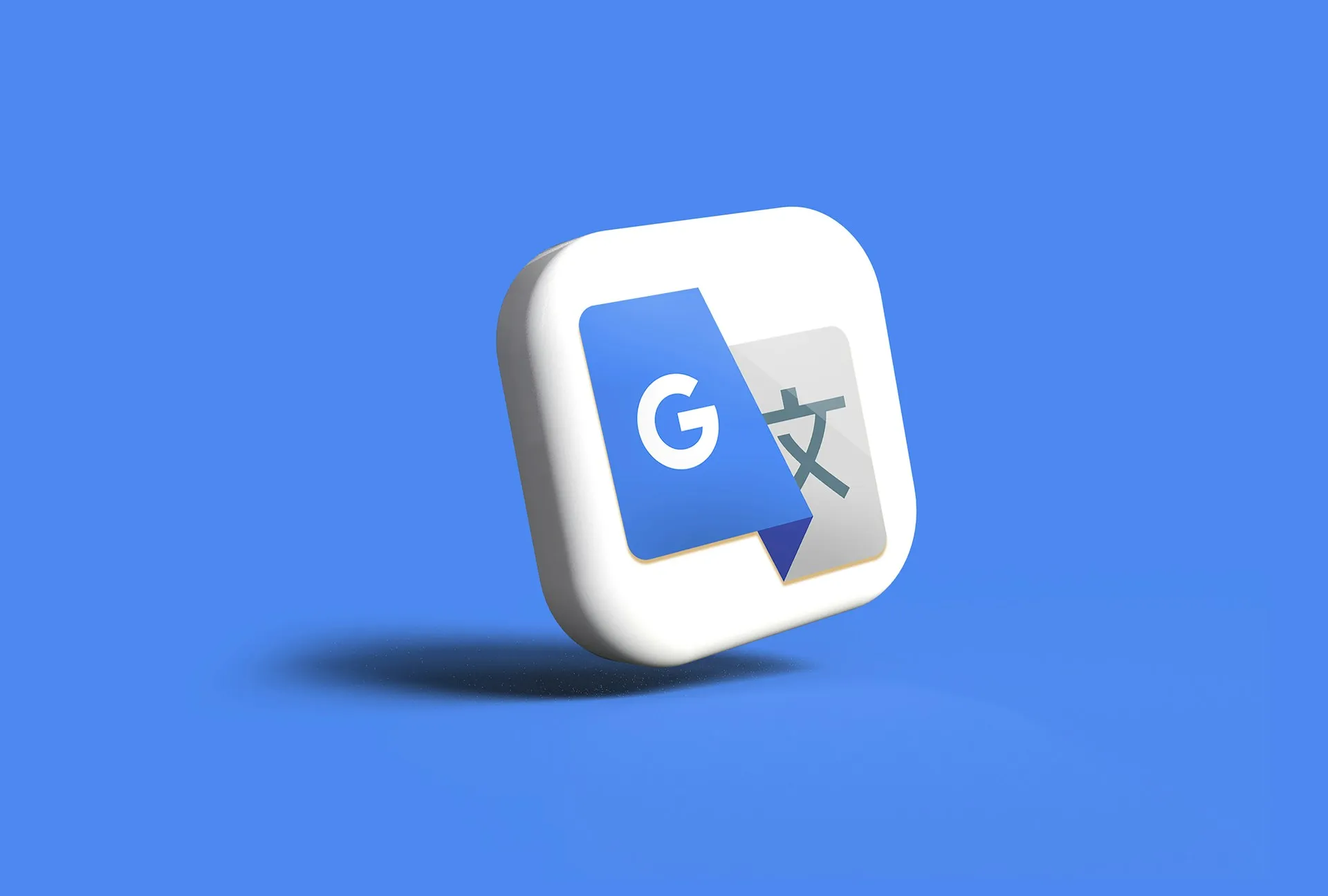

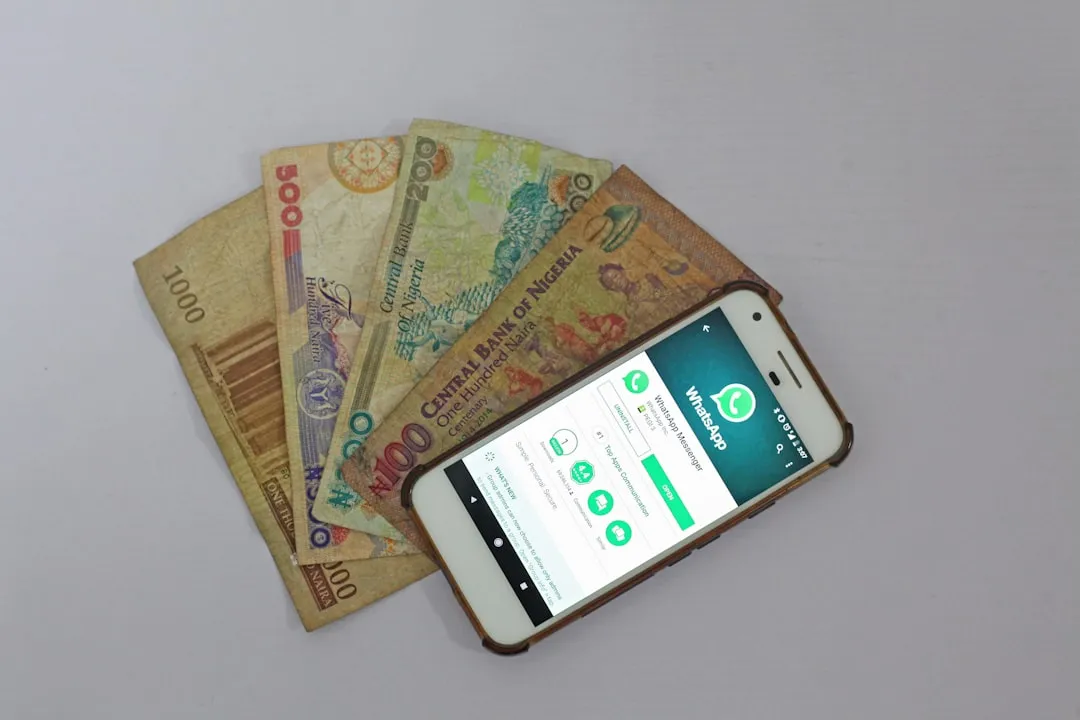
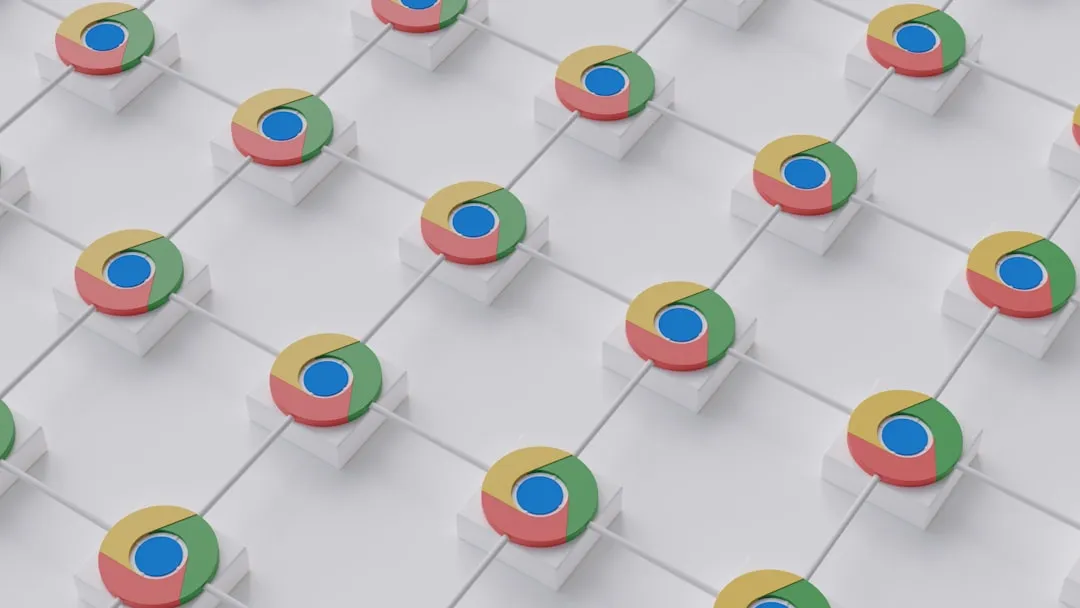
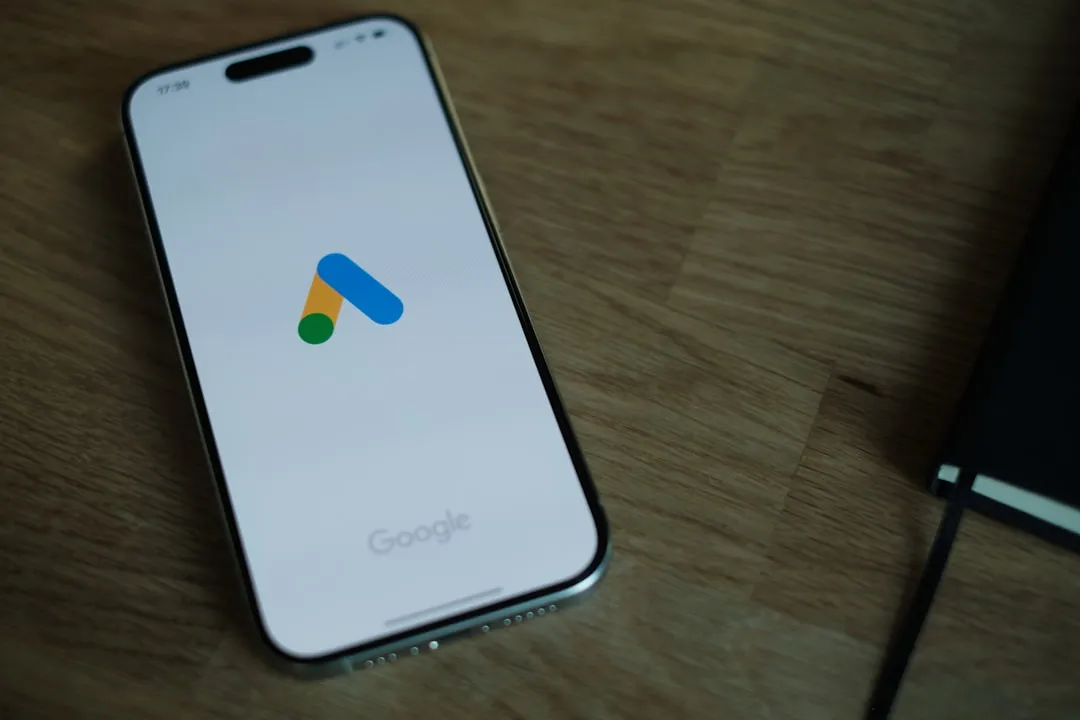

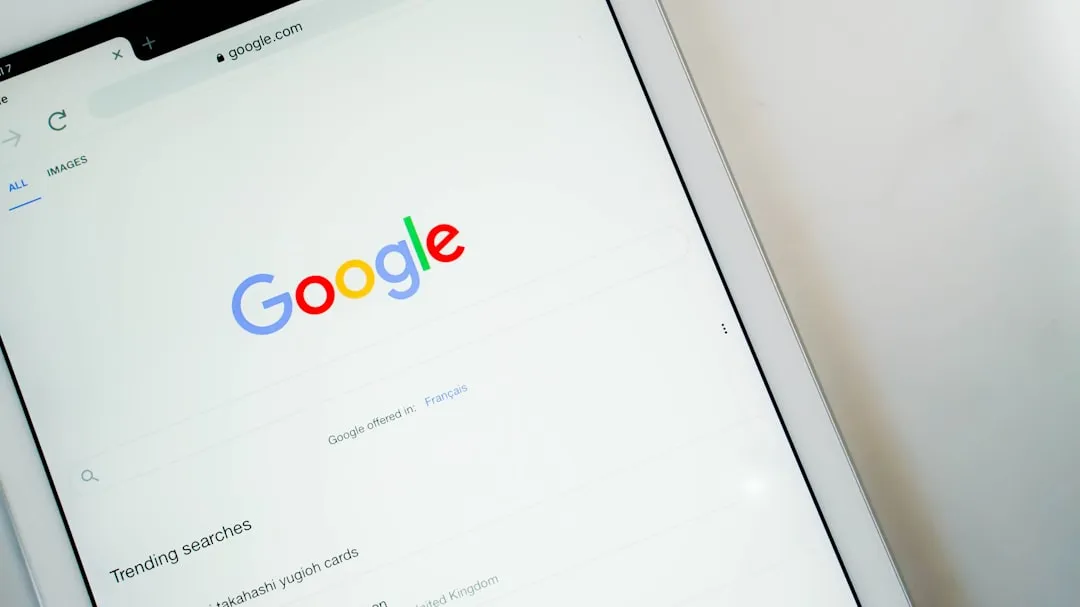

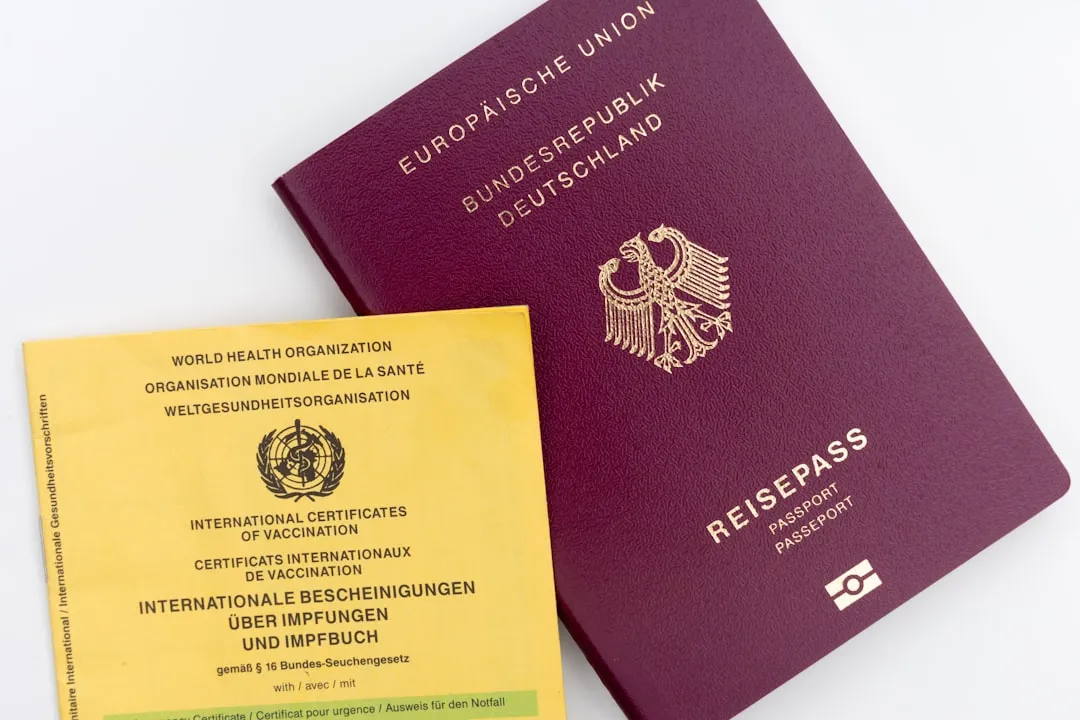


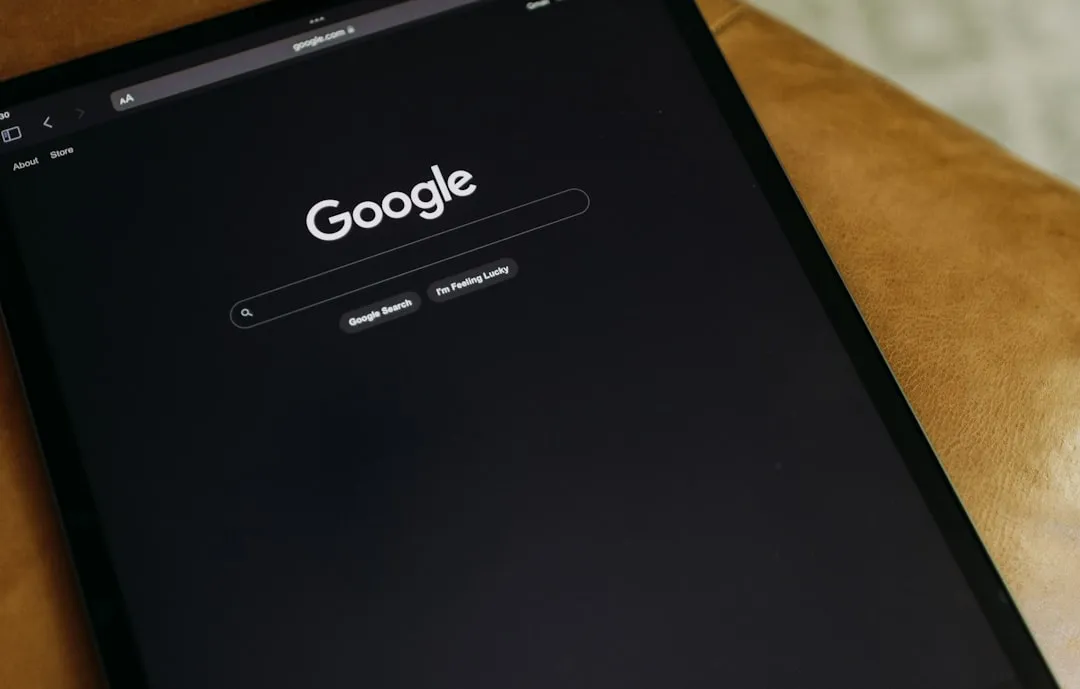
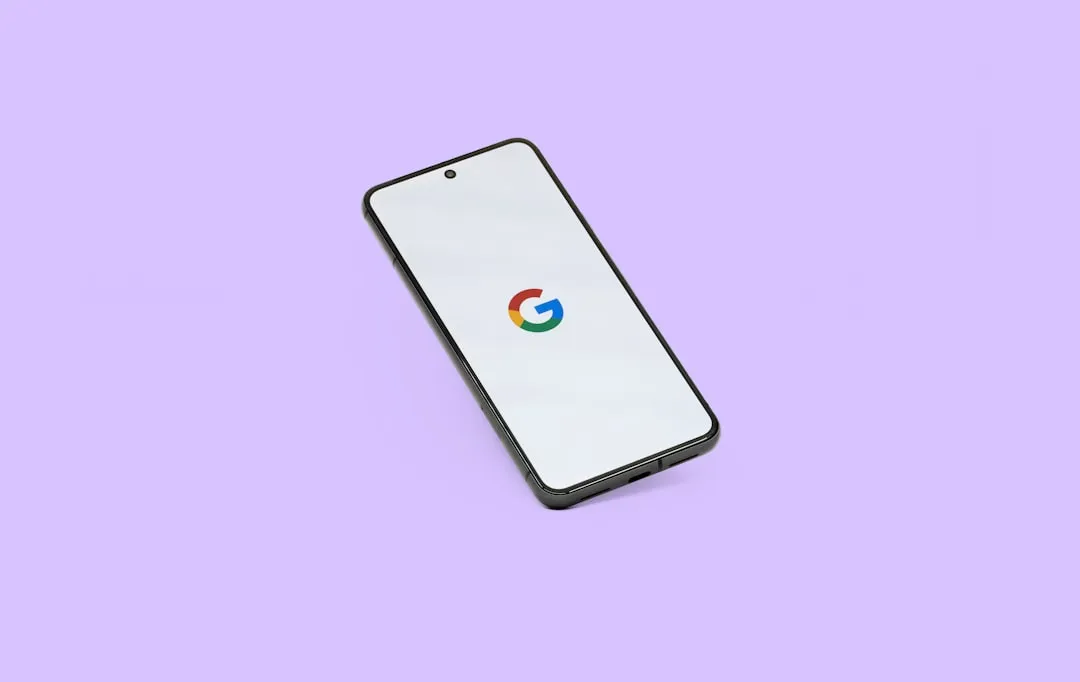
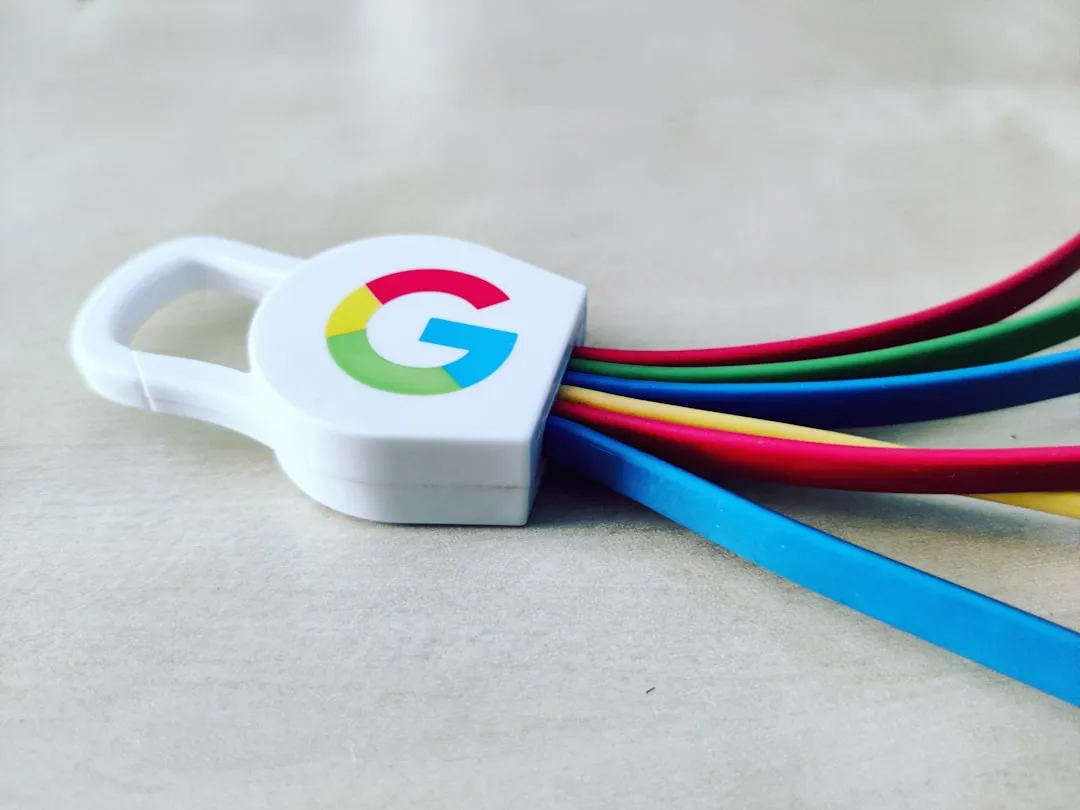
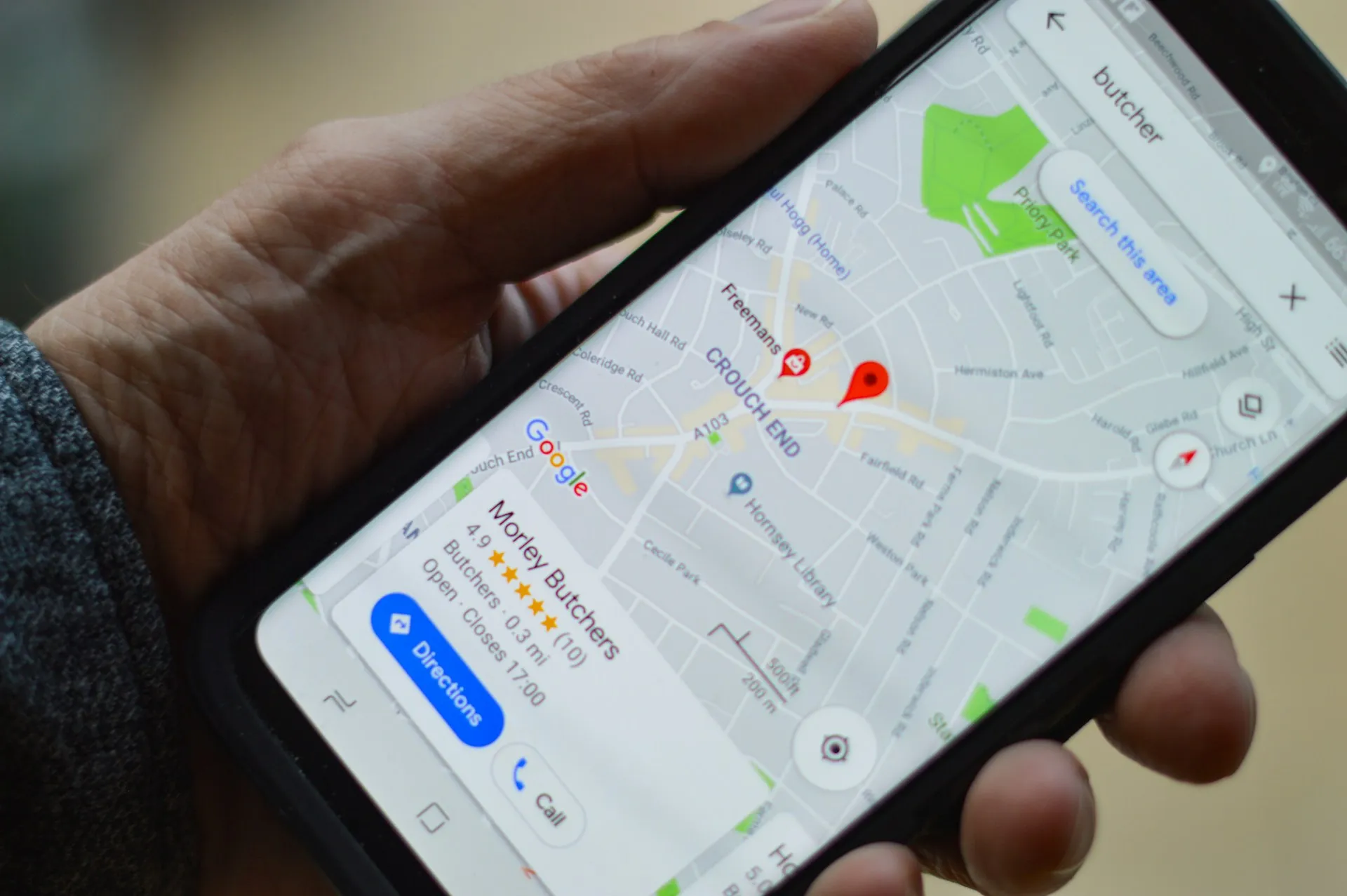


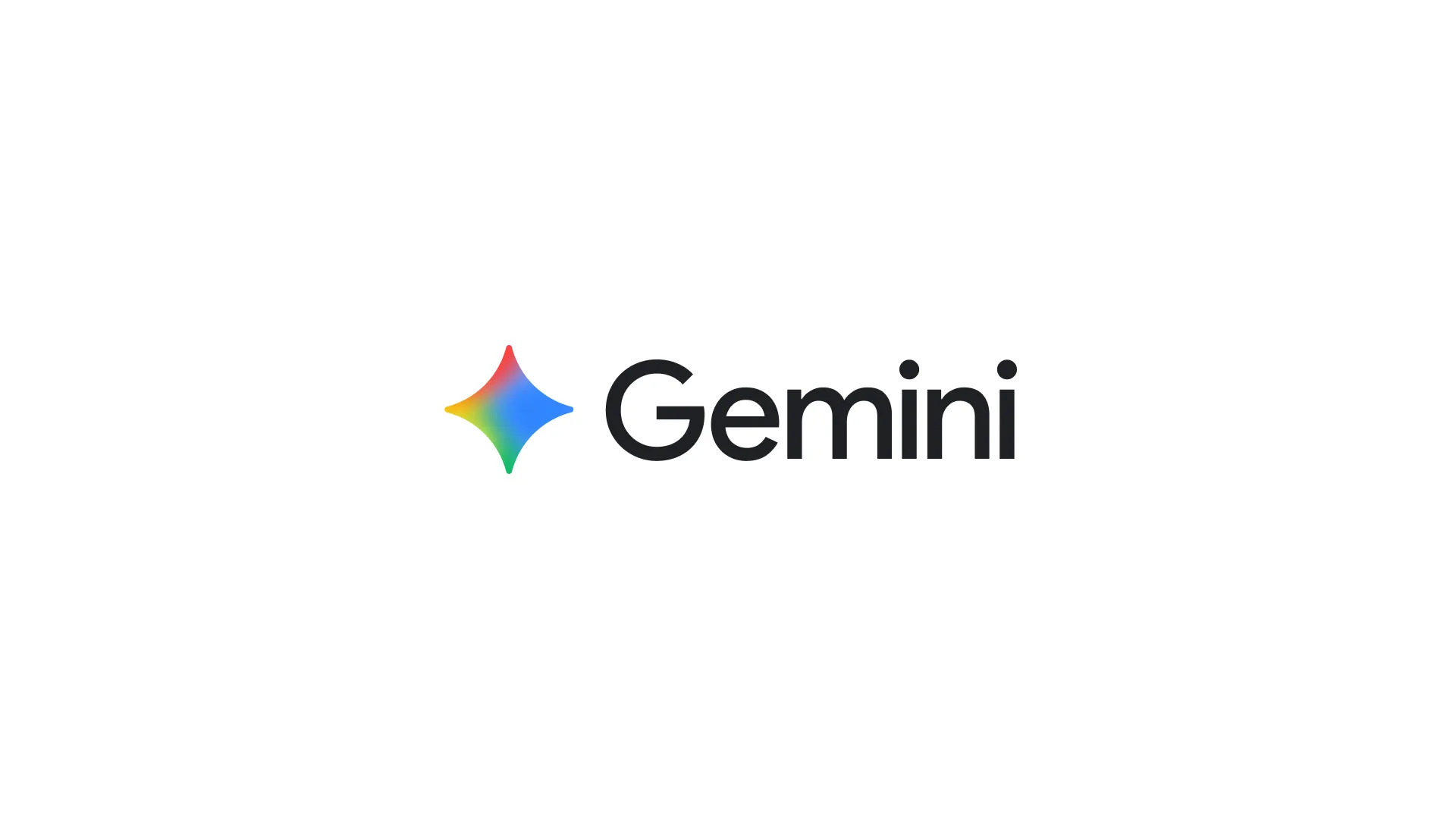
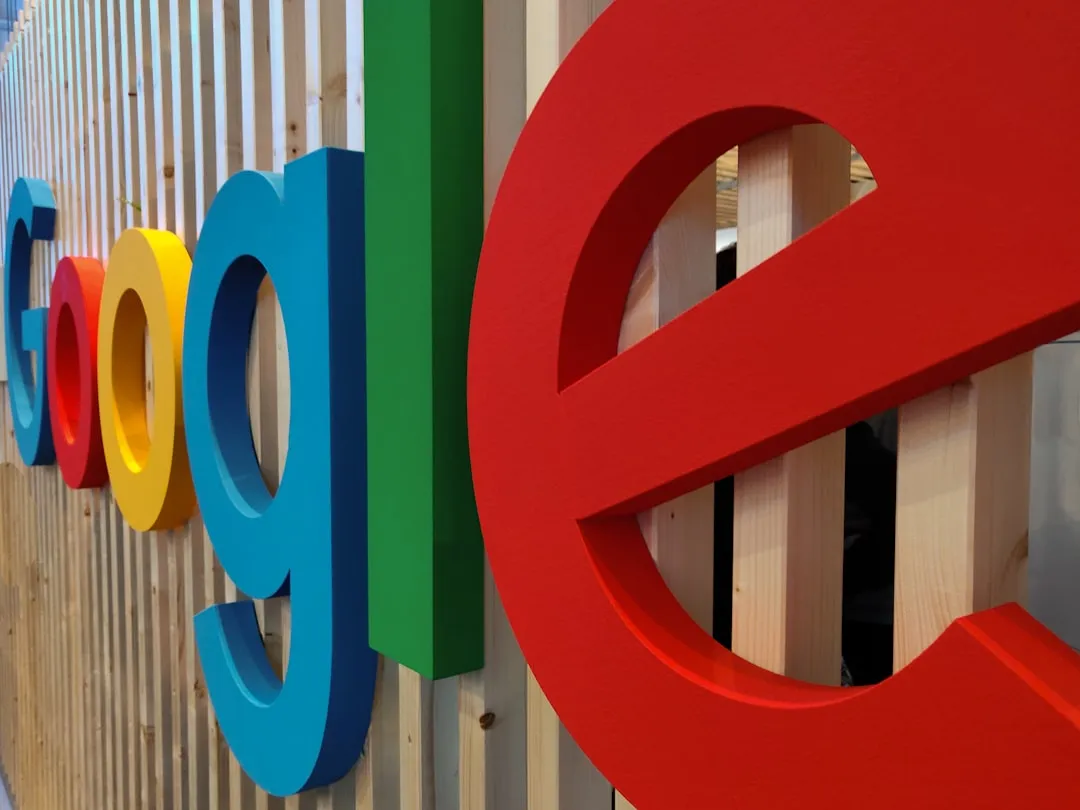
Comments
Be the first, drop a comment!